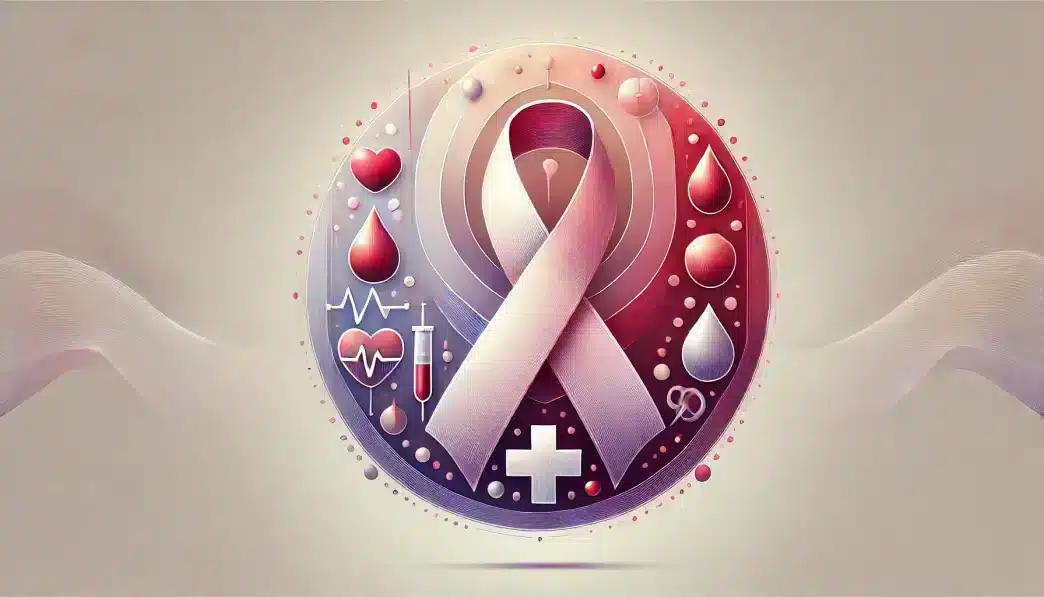What is World Haemophilia Day?
World Haemophilia Day is observed annually on April 17 to raise awareness about haemophilia and other bleeding disorders. Established by the World Federation of Hemophilia (WFH) in 1989, this day highlights the importance of early diagnosis, access to treatment, and improved care for those living with haemophilia and related conditions.
The date was chosen to honor Frank Schnabel, the founder of the WFH, who was born on April 17. Haemophilia is a genetic disorder in which the blood does not clot properly due to missing or low levels of clotting factors, leading to excessive bleeding from injuries or spontaneous internal bleeding.
History and Origin
Haemophilia has been recognized for centuries, often referred to as the “royal disease” due to its presence in European royal families. However, medical advancements in the 20th century have significantly improved treatment and management of the condition.
World Haemophilia Day was introduced in 1989 by the World Federation of Hemophilia to shed light on the challenges faced by people with haemophilia and to advocate for better healthcare access worldwide. Today, the event is observed in over 140 countries, with educational campaigns, fundraising activities, and blood donation drives supporting those affected.
Who Observes World Haemophilia Day?
- Healthcare professionals – Doctors, researchers, and specialists working in haematology.
- Patients and families – Individuals living with haemophilia and their caregivers.
- Blood donation organizations – Groups encouraging blood and plasma donations to help those with clotting disorders.
- Advocacy groups – Organizations pushing for better treatment accessibility and funding.
- The general public – People raising awareness and supporting initiatives for haemophilia research.
Slogans and Themes
World Haemophilia Day focuses on awareness, treatment accessibility, and research advancements. Common slogans include “Access for All,” “Closing the Gap in Care,” and “Support the Bleeding Disorders Community.”
Colors, Symbols, and Patterns
Colors
- Red represents blood disorders and the importance of treatment.
- White symbolizes hope and healthcare advancements.
- Blue reflects trust, advocacy, and medical care.
Symbols
- Blood drop icon signifies bleeding disorders and the need for proper clotting treatment.
- Medical cross represents healthcare and medical support for haemophilia patients.
- DNA strand symbolizes the genetic nature of haemophilia.
Patterns
- Ribbon patterns represent the haemophilia awareness ribbon.
- Molecular designs highlight advancements in haemophilia treatment research.
- Wave-like motifs symbolize progress in medical science.
How to Observe World Haemophilia Day
- Learn about haemophilia and share educational resources.
- Donate blood or plasma to support patients needing clotting factor treatments.
- Attend or organize an awareness event to help educate communities.
- Support research organizations working on haemophilia treatments and cures.
- Wear red to show solidarity with the haemophilia community.
Most Used Hashtags
- #WorldHaemophiliaDay
- #HaemophiliaAwareness
- #BleedingDisorders
- #AccessForAll
- #SupportHaemophilia
Why is World Haemophilia Day Important?
World Haemophilia Day raises awareness about the challenges faced by those living with bleeding disorders. Many people still lack access to proper diagnosis and treatment, leading to preventable complications and even death. The day serves as an opportunity to advocate for better healthcare, increased funding for research, and improved accessibility to life-saving treatments.
With advancements in gene therapy and clotting factor replacements, the future for haemophilia patients continues to improve. By supporting awareness efforts, individuals and communities contribute to a world where everyone with a bleeding disorder receives the care they need.
Features
- Health
